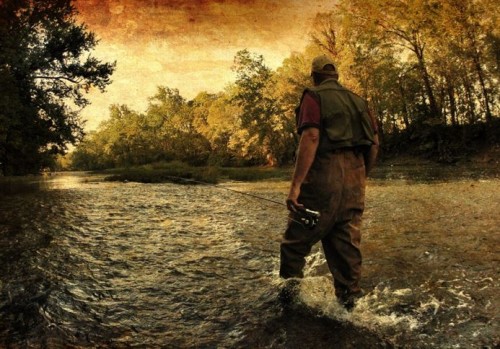Survival Navigation Tools: A Compass Will Save Your Life
Many of you will consider the modern approach to navigation, based on a GPS system. But what if your electronic device (phone, tablet, GPS device) gets damaged or it simply runs out of battery? You should be fine as long as you remembered to pack a survival



